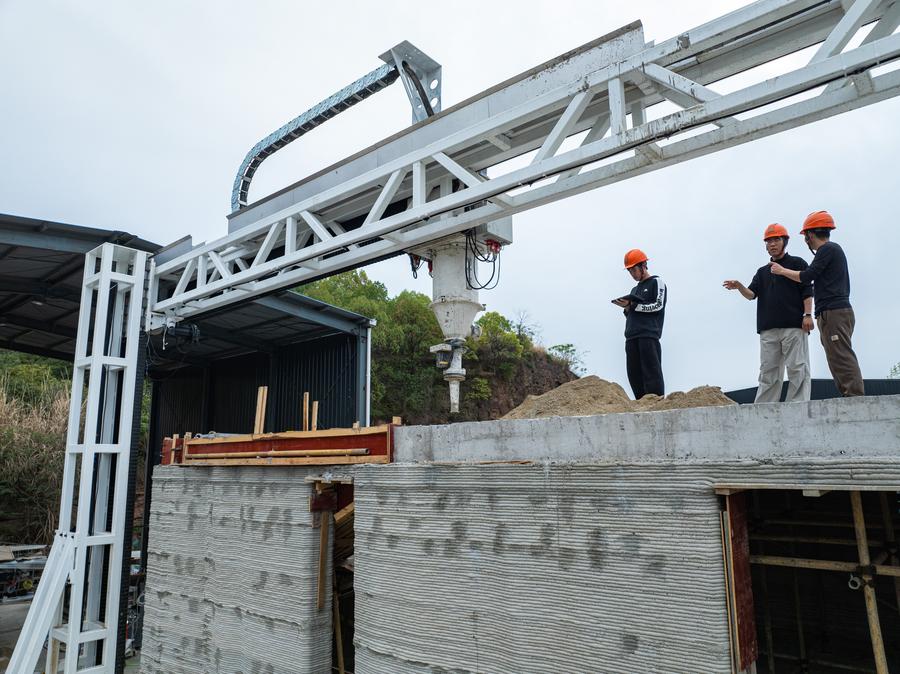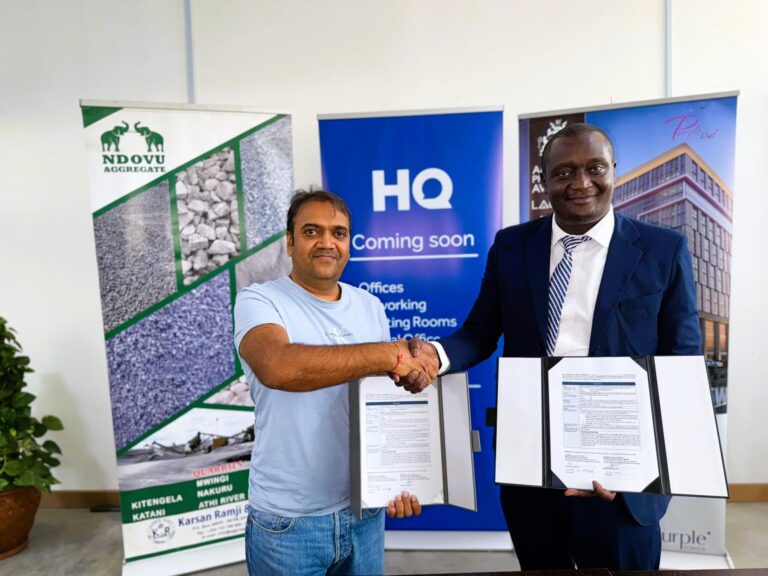Researchers in Australia develop stronger, cheaper 3D-printed titanium
The research team at Australia’s Royal Melbourne Institute of Technology (RMIT) is exploring commercial opportunities to develop their low-cost titanium alloy for aerospace and medical device industries, according to a RMIT statement released on Tuesday.
The team replaced expensive vanadium in standard titanium alloys with affordable materials, achieving better performance and significant cost savings over the industry standard Ti-6Al-4V alloy, said Ryan Brooke, lead author and RMIT Center for Additive Manufacturing (RCAM) doctoral researcher.
The technique, recently published in Nature Communications, introduces a new alloy design framework for additive manufacturing that prevents column-shaped microstructures that lead to uneven mechanical properties in some 3D printed alloys.
“3D printing allows faster, less wasteful and more tailorable production yet we’re still relying on legacy alloys like Ti-6Al-4V that doesn’t allow full capitalization of this potential. It’s like we’ve created an aeroplane and are still just driving it around the streets,” Brooke said.
The innovation solves key challenges of uniform structure and high costs, marking a major “leap” instead of “minor incremental steps” in 3D-printing technology, he said.








